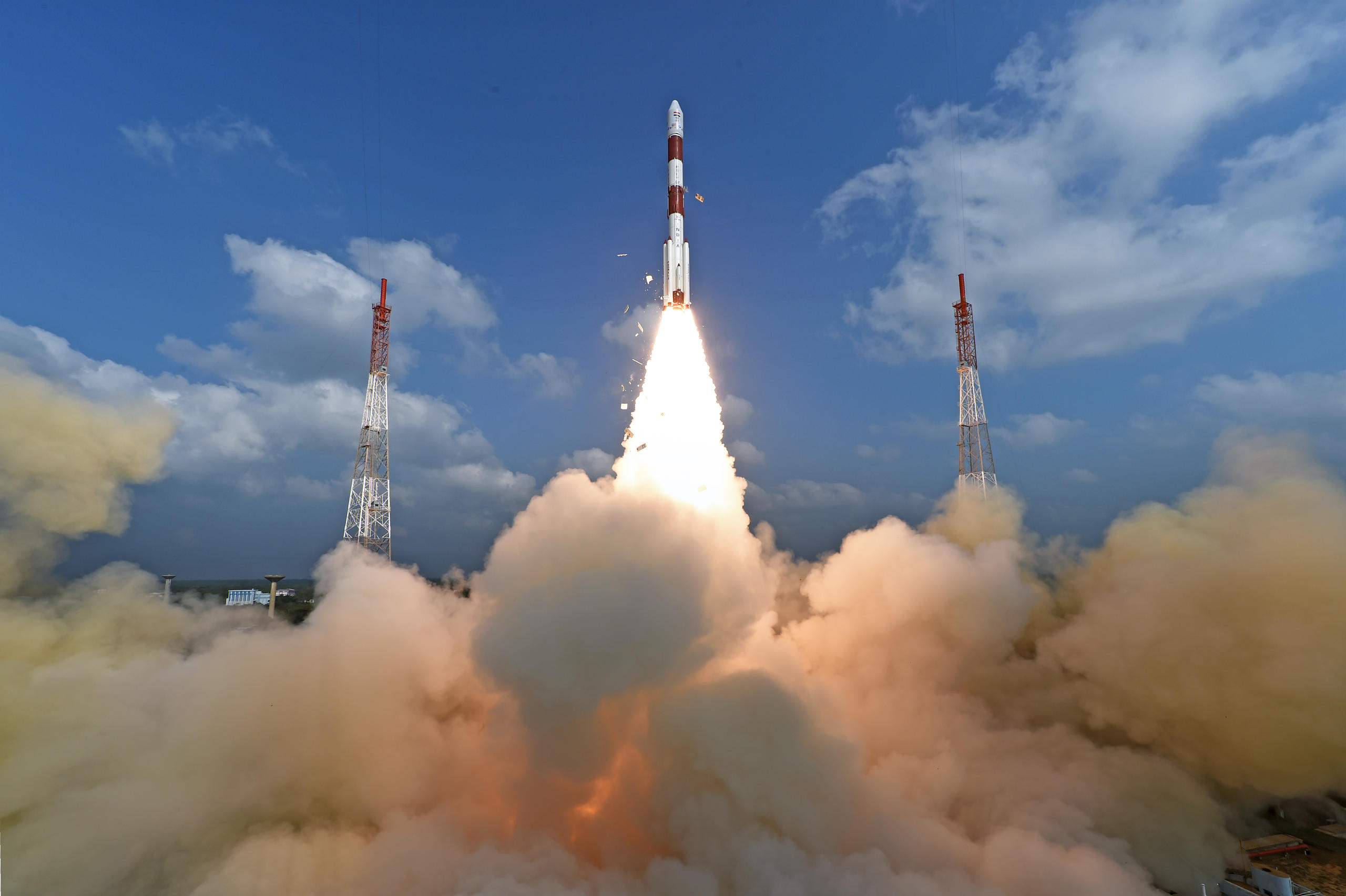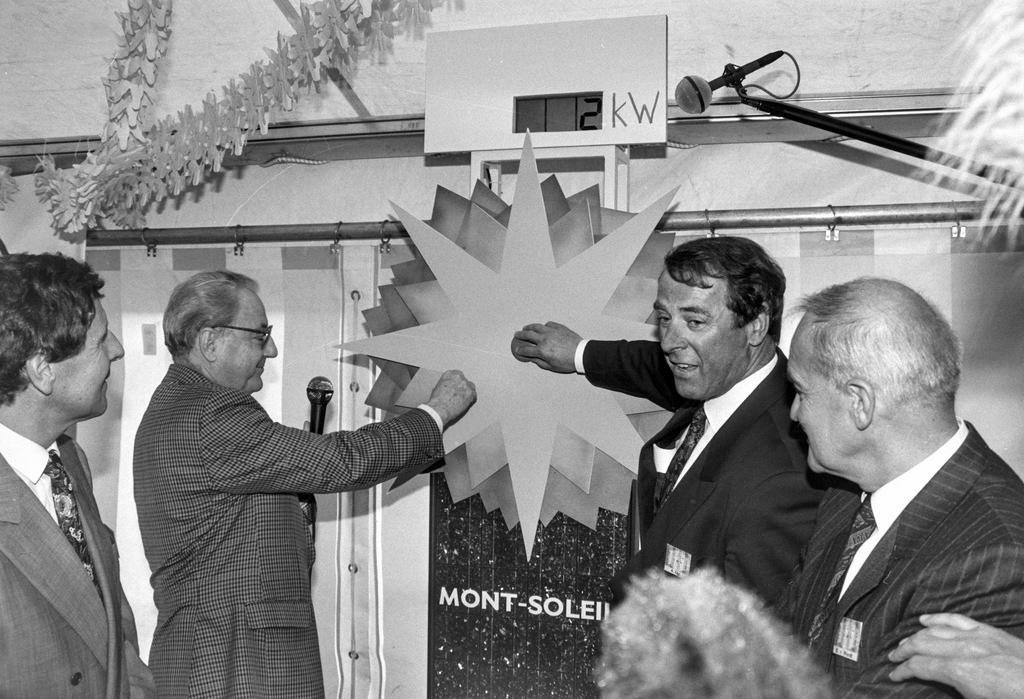Off-grid power not a silver bullet for rural India
A quarter of Indian households have no access to electricity. Swiss researcher Michaël Aklin - who studied the impact of solar microgrids in the country's villages - opines on whether off-grid solar power could change people's lives.
People living in wealthy countries rarely stop to consider the benefits of electricity. Consider, for a moment, the plight of households that have no electricity. Many rely on kerosene for lighting – a poor-quality, polluting source of light that is bad for healthExternal link. They cannot use fans, despite the sometimes-unbearable heat. Mobile phone charging must be done elsewhere. This makes calling family members, receiving information about the weatherExternal link (important for farming), or processing paymentsExternal link harder. Fridges, which keep food and drugs safe for consumption, cannot be used. And electric machinery, essential for many small businesses, is not available.
Off-grid technologies offer a potential solution to this problem. By off-grid, I mean a self-contained electric network. Electricity is generated locally – often, but not always, from renewable sources such as sunlight or wind – and immediately transmitted to nearby households.
The complexity of these systems varies considerably; the smallest ones power a single household, while the largest provide electricity to hundreds of people. An advantage of off-grid technologies is their flexibility: they can be tailored to the needs of a community and can be rapidly installed. They can also sometimes be cheaper than an extension of the grid. Finally, they are often installed and operated by private firms, which, in countries with poorly functioning bureaucracies, can also be an advantage.

Yet we know little about the actual benefits of off-grid technologies. Do people replace their kerosene lamps with solar power? Does access to electricity encourage entrepreneurship? Do women take advantage of new business opportunities? These are claims that are sometimes made by the industry, but there is not much rigorous evidence to support or discredit them.
I sought to answer these questions with my colleagues, Patrick Bayer, S.P. Harish, and Johannes Urpelainen, in a paper recently published in the journal Science AdvancesExternal link. We analysed the impact of solar microgrids on villages in one of India’s largest and most energy-poor states, Uttar Pradesh. The microgrids provided lighting and power to charge mobile phones for a small payment of 100 rupees per household per month (about CHF1.50).
Mixed outcomes
What did we find? Microgrids substantially decreased spending on kerosene. Interestingly, it is mostly spending on the black market that went down; people still bought some kerosene on the subsidized public market. Given the negative effects of kerosene, this is undoubtedly good news. Beyond kerosene, this intervention rapidly increased electrification rates. Again, this is encouraging, as it demonstrates that a program without subsidies can reduce energy poverty.
At the same time, other findings were sobering. We found virtually no evidence that these solar microgrids had any broader socioeconomic effect. There was no evidence of new businesses being opened at a higher rate; women did not spend more time working. Savings and consumption remained unaffected as well.
Where does this leave us? It is important to interpret these results considering the kind of microgrids that we were working with. These systems were fairly simple. The advantage is that it made them affordable for a population that is poor. This is valuable in and of itself. The disadvantage is that they were not able to do much more than meet the most basic energy needs.
Optimising conditions
Does that mean that off-grid technologies are unable to deliver socioeconomic benefits? Not necessarily. But stakeholders will need to be creative. One possibility – at this stage a simple hypothesis – is that more powerful microgrids could unlock these regions’ economic potential. If that were the case, then new obstacles will need to be addressed. First among these, more powerful systems cost more.
Storage is particularly expensiveExternal link yet crucial for solar microgrids because people need power by night. Hopefully, this will be less of a problem as research and development continues to reduce costs. However, if the price of these systems doesn’t decrease fast enough, then new solutions, such as affordable loans or subsidies, will need to be found. This could be an opportunity for international or local donors, or an astute political entrepreneur. In India, this could be funded by a reduction of subsidies to kerosene.
Another possibility is that basic systems can generate wider benefits, but only under ideal conditions. Think of it this way: a new technology won’t unlock large social changes on its own. Partly, this is because there are a lot of obstacles to growth besides energy poverty. Many places lack good infrastructure, such as access to clean drinking water or good roads.
Even people who have entrepreneurial ambitions are often constrained by barriers such as a lack of access to affordable loans: for banks, poor rural borrowers are not necessarily perceived as the most promising (i.e. lucrative) customers. And this is just the tip of a large iceberg of challenges faced by people in rural India.
And yet, solving energy poverty remains a priority. Thus, we need to think more holistically in terms of how the provision of energy contributes to society.
People I talked to in India and elsewhere enjoy electricity for a variety of reasons: it makes them feel safer after sunset, it helps them notice dangerous animals at night, it makes cooking late more convenient. Ultimately, all stakeholders – consumers, power providers, donors, and researchers – need to experiment to find out what works and why.
The views expressed in this article are solely those of the author, and do not necessarily reflect the views of swissinfo.ch.
Opinion series
swissinfo.ch publishes op-ed articles by contributors writing on a wide range of topics – Swiss issues or those that impact Switzerland. The selection of articles presents a diversity of opinions designed to enrich the debate on the issues discussed.

In compliance with the JTI standards
More: SWI swissinfo.ch certified by the Journalism Trust Initiative





You can find an overview of ongoing debates with our journalists here. Please join us!
If you want to start a conversation about a topic raised in this article or want to report factual errors, email us at english@swissinfo.ch.